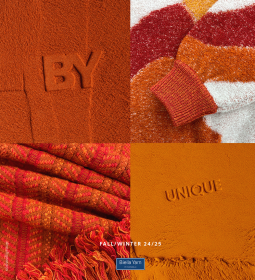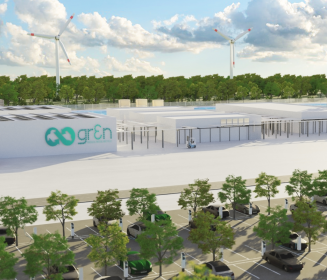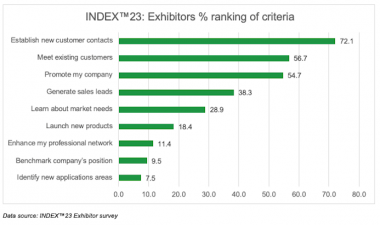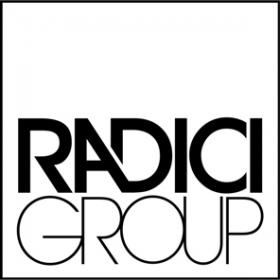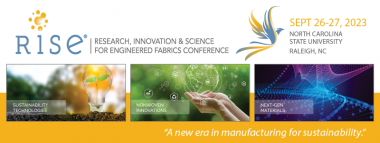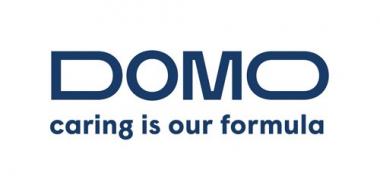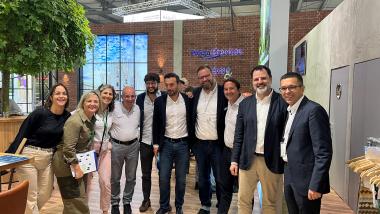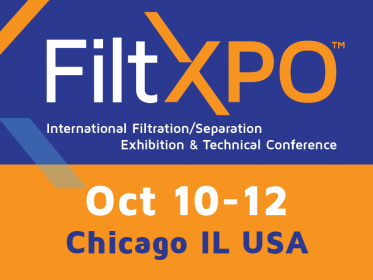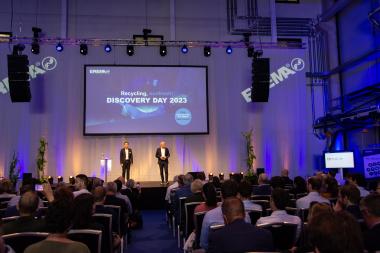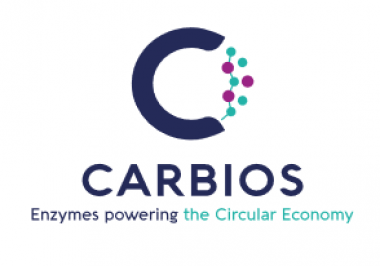Biella Yarn presents new Fall/Winter 24/25 collection
Biella Yarn’s new Fall/Winter 24/25 collection presents two collaborations. Both collaborations start with one common inspiration: with the clash of different cultures and the distant exotic markets. Rug making, fur-crafts and artisan hand work inspire patterns and textures which are translated into knitted fabrications and 3D designs.
MRC Knitwear Research Lab created these textures and patterns by using a small selection of very classic yarns and working them in special techniques to create rich textural fabrications. Each garment focuses on a special technique and combination of yarns and colours and show how versatile a single yarn can be.
The garments were knitted mainly with Victoria Nm 2/30 (100% Merino wool extrafine, 19.5 μ, anti-shrinkage). Victoria Nm 2/30 was used in an array of different techniques and on different gauges - from 14gg ribs, that have a beautiful drape to more tactile fabrics such as 3-dimensional stitches on 12gg and heavily patterned inlay jacquards on the 14gg Shima Seiki SRY. Within these inlay jacquard’s BaltoroPro Nm 2/28 (70% Merino wool extrafine, 19.5 μ, anti-shrinkage 30% Polyester GRS High Bulk) was selected as an inlay yarn - a special wool blend which helps create bulky 3-dimensional fabrications that remain lightweight. The classic Brisbane Nm 2/60 (100% Merino wool Superfine, 17.5 μ, anti-shrinkage) and new boucle yarn Fluffy Nm 14 000 (81% Merino wool extrafine, 19.5 μ, anti-shrinkage, 19% Polyamide) were worked together in fine plush jacquards to give an effect of shaved patchwork furs.
The structures and patterns were transitioned into the world of 3D designs by Shima Seiki Italia. The design software APEXFiz®, developed by Shima Seiki, not only allows for shaping but also converts them into knitted patterns. By replacing physical samples, virtual samples reduce time costs, and materials that would otherwise be wasted. Yarnbank®, Shima Seiki's platform for yarn and spinning research, has been the primary source of Suedwolle Group's digitized yarns used in the 3D models.
Südwolle Group


